Blog
Recent News
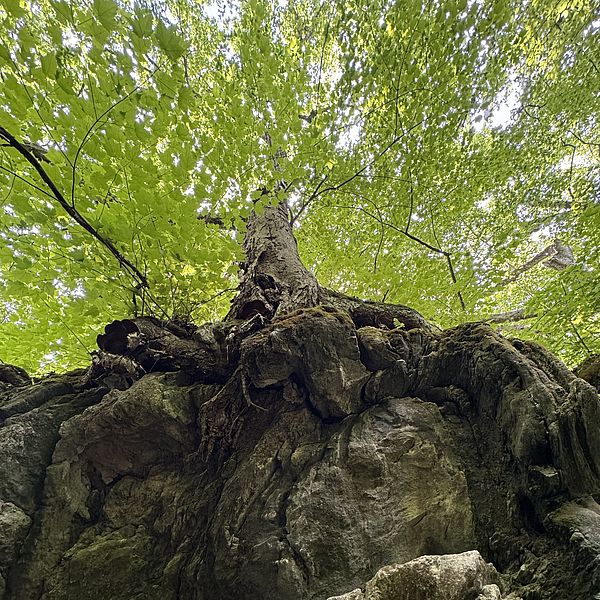
Job Opening: Land Conservation Projects Manager
Posted 5/16/25
BNRC seeks Land Conservation Projects Manager to…
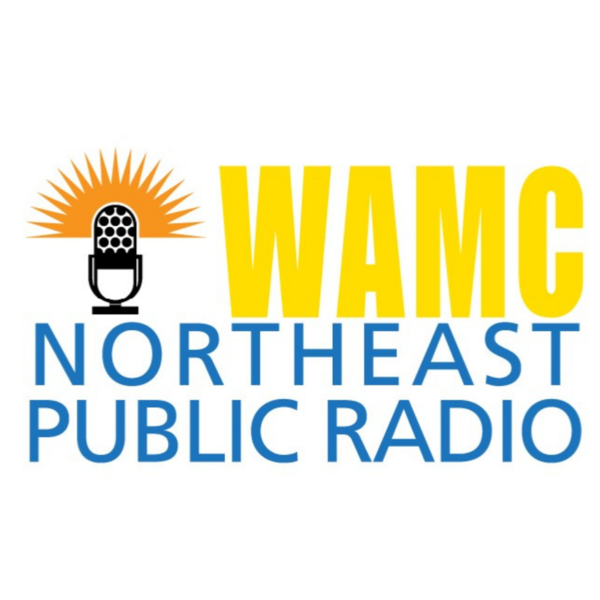
BNRC Talks to WAMC About Land Conserved in Tyringham
Posted 4/30/25
More than 100 acres protected

BNRC Protects 109 Acres in Tyringham
Posted 4/28/25
Expanding conservation corridor
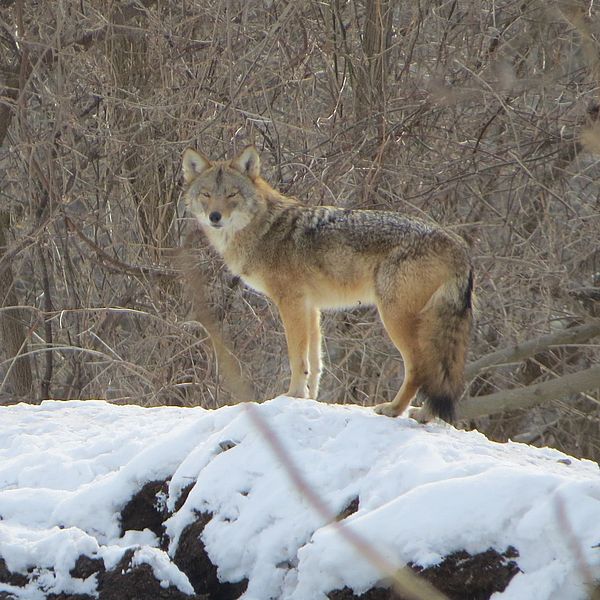
Co-Existing with Coyotes
Posted 4/3/25
Understand America's Song Dog...
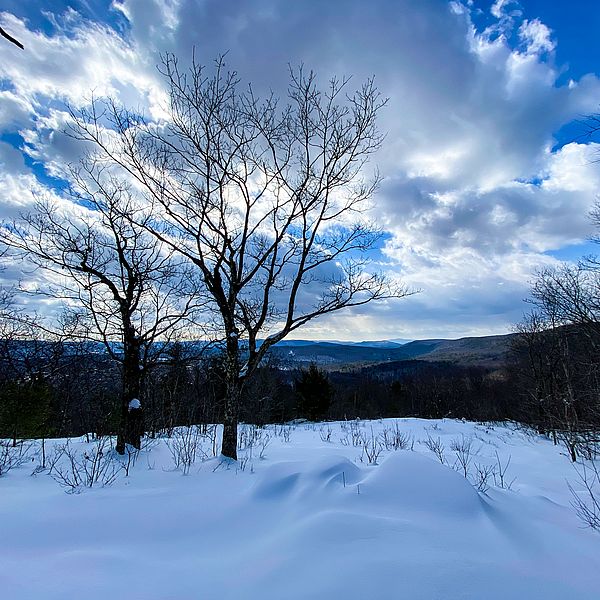
Your 2025 Winter Newsyletter
Posted 3/3/25
Dear friend, Sixty-six acres in Great Barrington.…
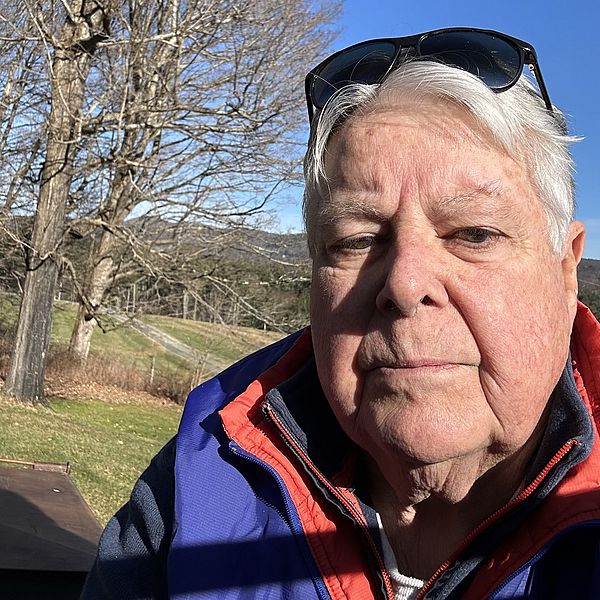
BNRC New Board Leadership and Members
Posted 2/12/25
BNRC updates board of directors
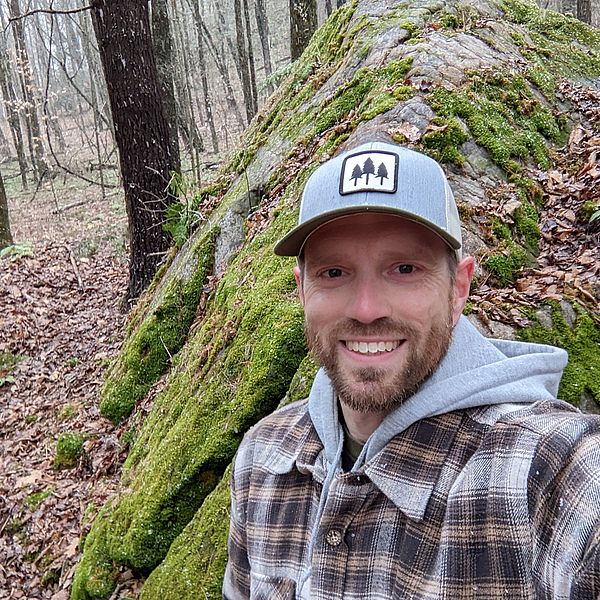
Nick Pitel is BNRC's New Director of Conservation
Posted 1/24/25
Following the retirement of Beth Mills
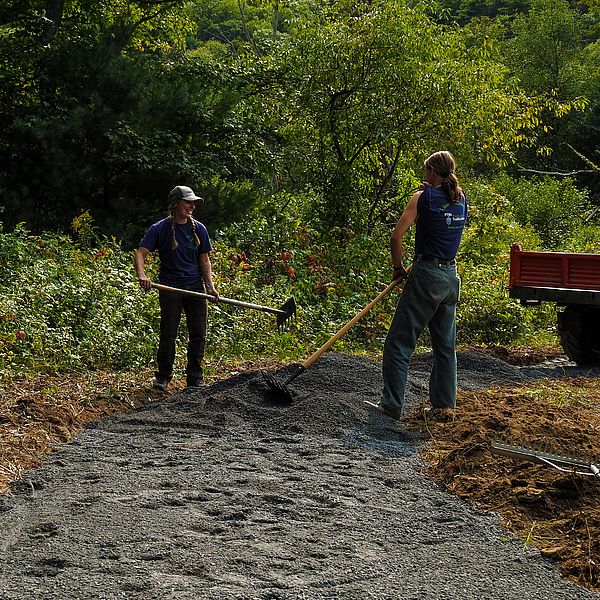
New Webinar: Trail Work at BNRC
Posted 1/23/25
Check out the 2024 season...
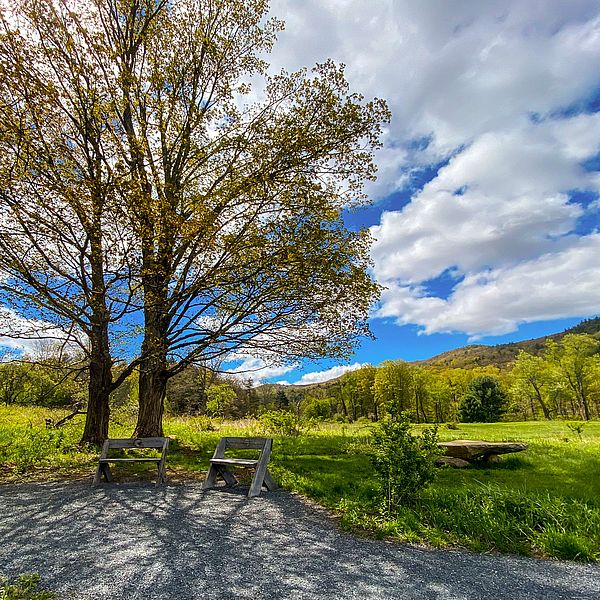
Land Conserved in Great Barrington
Posted 12/30/24
BNRC conserves 66 acres of woodland in Great…
Browse the Archives
- How can you help the iPad generation get outside?
- Emily Daunis Joins BNRC
- Loon Reintroduction in Western Mass
- Take a Visit to BNRC's Hollow Fields Reserve
- Celebrating Accessibility Renovations at the Old Mill Trail
- Ribbon-Cutting Ceremony at Old Mill Trail
- Old Mill Trail Re-Opening Event
- George Wislocki, Fighting the Good Fight
- George Wislocki Remembered for his Commitment to the Berkshires
- Your Fall 2024 Newsyletter
- Old Mill Trail Parking Lot Reopens
- North Adams Students Work at Many Forks Farm
- Following the Housatonic River
- Embracing the Healing Power of Nature
- The Berkshires: Connected, Resilient, Essential
- Be a Conservation Hero
- Conservation Perspectives: Mark Vanhoenacker
- Caring for the Forest as it Changes
- An Evening with Timberdoodles
- Mapping the Future of Berkshire Conservation
- Lanesborough Lands Linked
- The Fleeting Gifts of Springtime
- BNRC Protects Many Forks Farm
- Trails Built to Last
- BNRC Joins the Gaining Ground Campaign
- Are you in this Seed Season?
- All About Beavers
- Volunteer Highlight: Nancy King
- A Leap of Care for 2024
- Seed Season?
- BNRC Acquires Farnams Hill
- My Visit to Mahanna Cobble
- BNRC Welcomes New Board Members
- What will you make possible?
- Berkshire Farms Forever
- Historic Partnership in Stockbridge
- Your Fall Newsyletter
- Diverse Ecosystems at The Boulders
- Planning The High Road
- The Berkshire Outdoors
